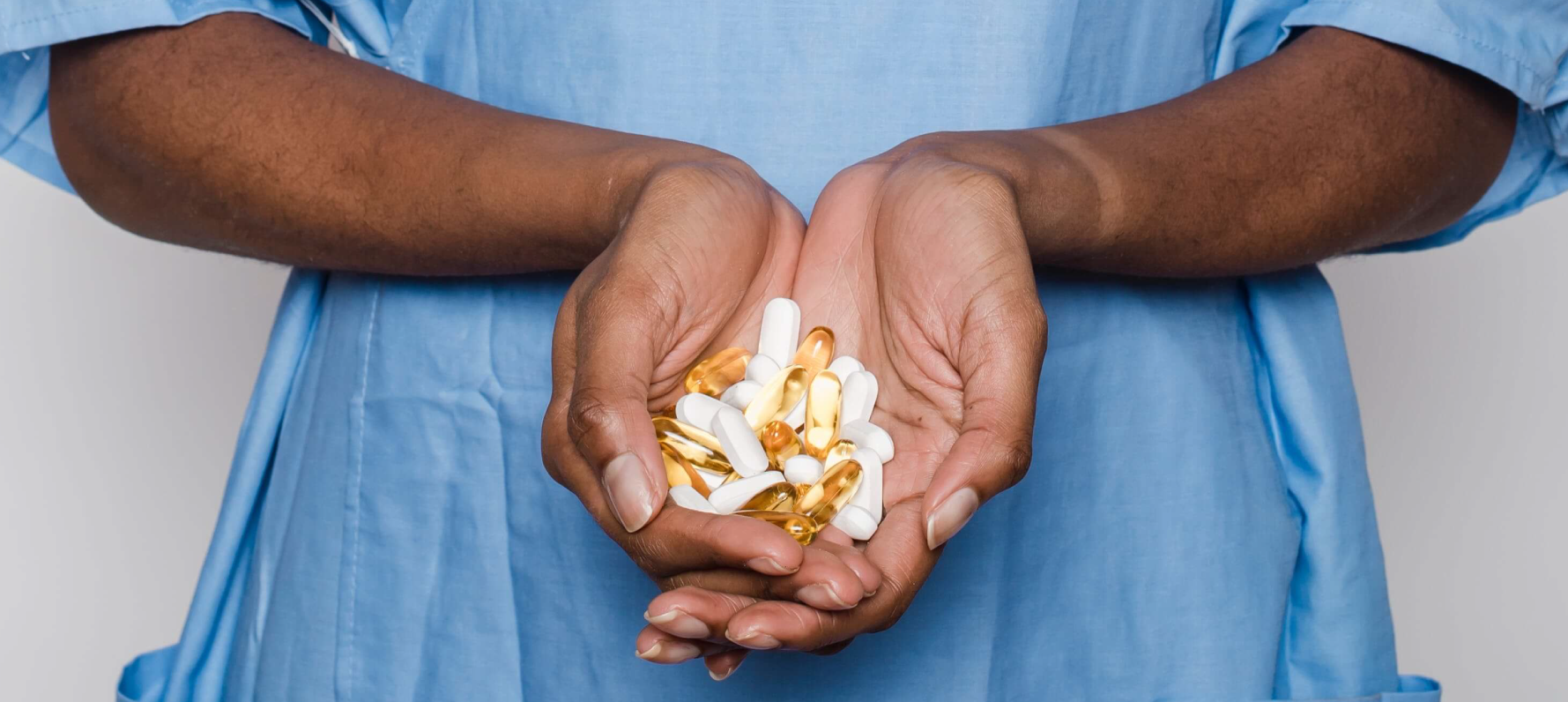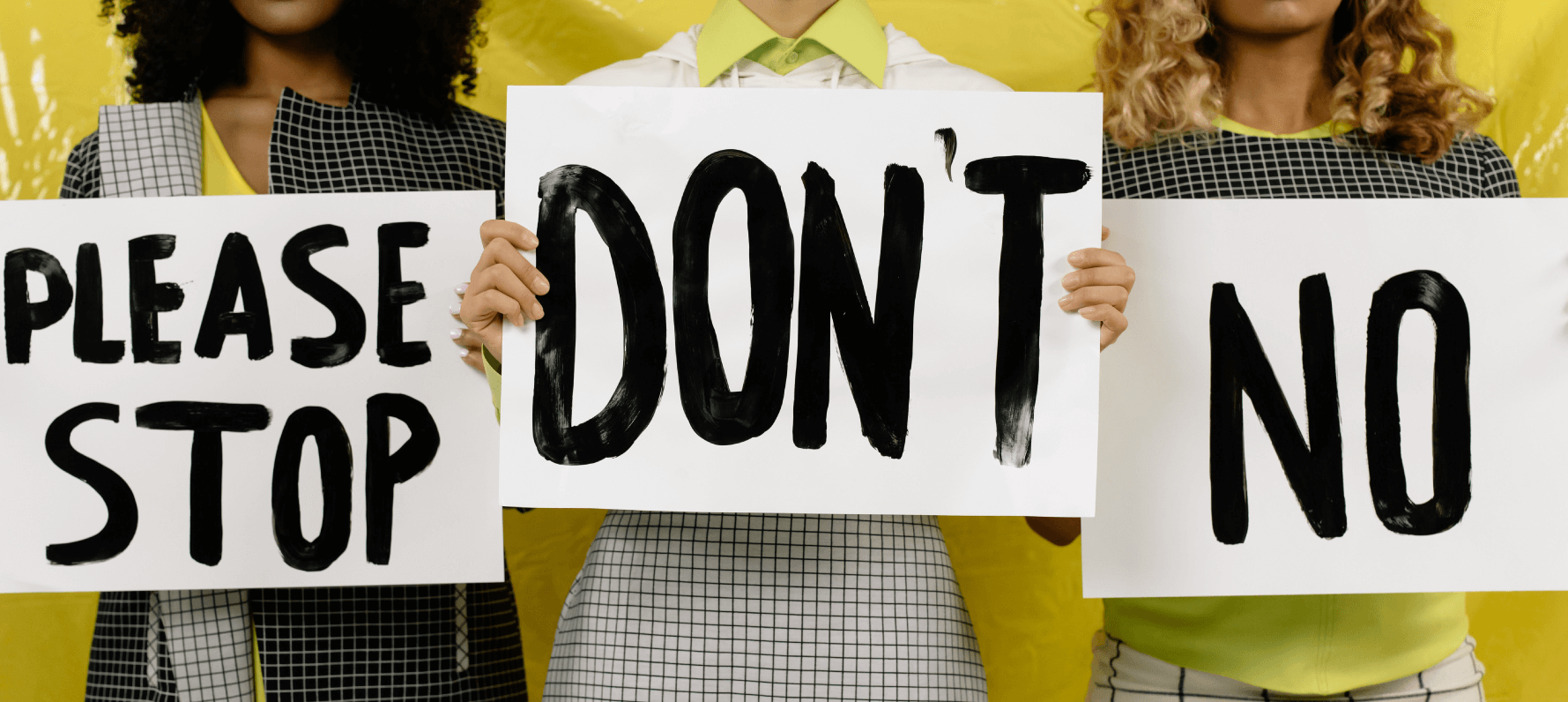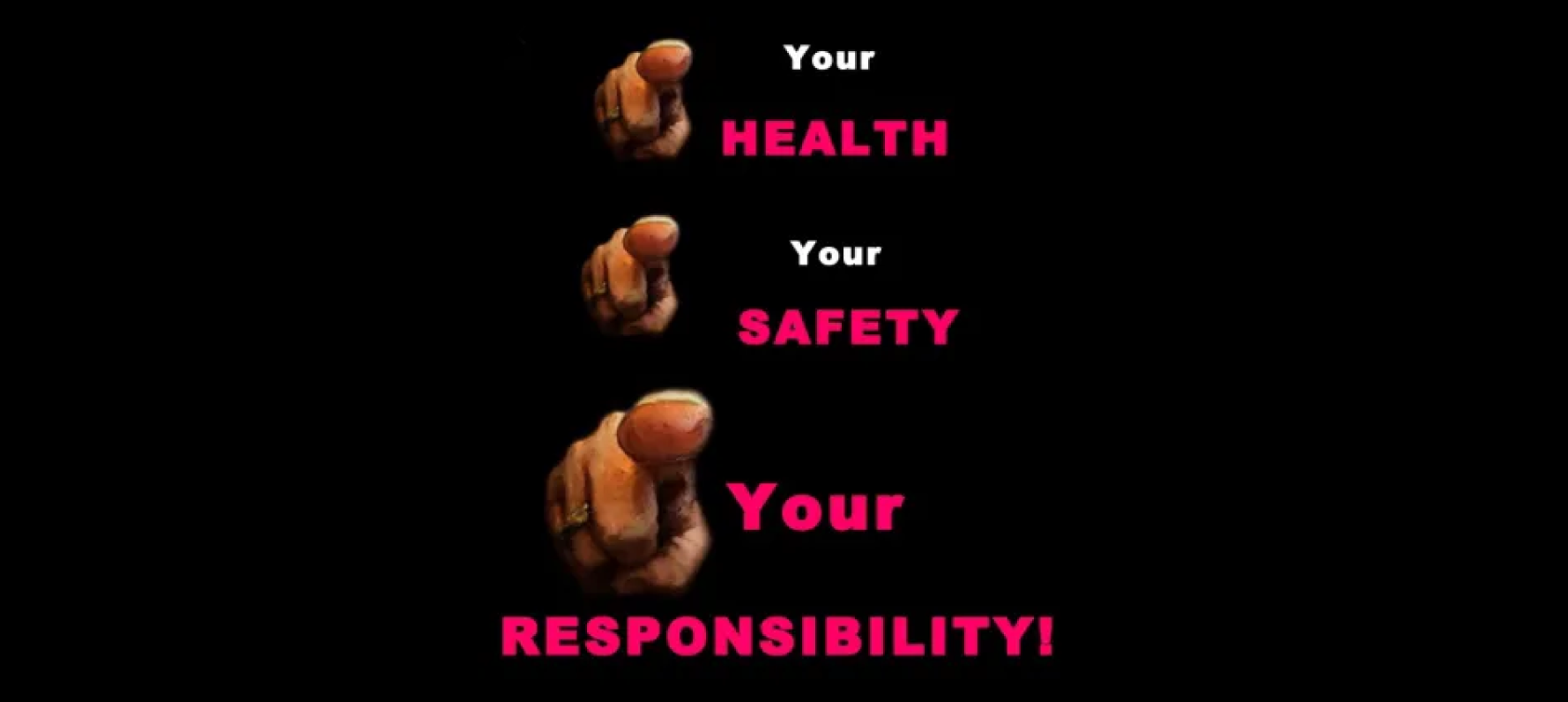Why grooming is so hard to spot: The truth
Disclaimer: I give permission for this article to be used in training courses and education, as long as my name is clearly referenced as the author. This article contains important information that can be used to influence practice, so please do use it where you can.
Content Warning:
Contains discussion of grooming techniques and tactics
Over the past 10 years or so, there has been increasing interest in teaching children and women to ‘spot the signs’ of grooming. This article will explain why this approach doesn’t work, and why grooming should be reframed as a common, normal human behaviour that we all engage in.
I know, sounds horrible doesn’t it?
But if you take the time to read this article, you will see grooming in a completely different way, not only in your own life but in the lives of others you care about or work with.
My key points will be:
1. We have defined ‘grooming’ to be too narrow
2. Grooming happens constantly, to all of us, and by all of us
3. Professionals are expert groomers
4. Victims of abuse need to know that grooming is common and constant
5. Grooming is hard to ‘spot’ because we are all socialised to accept grooming in everyday life – it is unfair to expect women and children to be able to do this
Okay. Let’s get into this.
1) We have defined ‘grooming’ to be too narrow
When I say ‘grooming’, I know what image that conjures up for most people. They think, sexual abuse. They think CSE. They think gangs of men abusing girls. They think of kids being groomed online. They think of women being manipulated into abuse.
When I say ‘grooming’, they think of a slow, careful, manipulative process in which a sex offender learns more and more about their victim, builds a relationship with them, asks them questions and then sexually abuses or attacks them.
The Oxford Dictionary defines grooming as ‘the action by a paedophile of preparing a child for a meeting, especially via an Internet chat room, with the intention of committing a sexual offence.’
The NSPCC defines it as, ‘when someone builds a relationship, trust and emotional connection with a child or young person so they can manipulate, exploit and abuse them. Children and young people who are groomed can be sexually abused, exploited or trafficked.’
The truth is, these narrow stereotypes of grooming are blinding us all from seeing the reality of how broad grooming really is.
Grooming is not specific to sexual offences at all. It’s not even specific to crime.
You can be groomed into a cult.
You can be groomed into terrorism.
You can be groomed into political ideology.
You can be groomed into domestic abuse.
You can be groomed into bullying culture.
You can be groomed into taking drugs or drinking.
You can be groomed into religion.
You can be groomed into changing your worldview or believing conspiracy theories.
You can be groomed into thinking you are mentally ill.
You can be groomed into eating disorders and body dysmorphia.
You can be groomed into hating yourself.
You can be groomed to be racist, homophobic, misogynistic or xenophobic.
As you can see, the process of grooming is about the manipulation, persuasion and control of humans. It is not specific to sexual offences at all.
By narrowly defining it, we have put our own blinkers on. We ignore the way grooming is utilised all around us. We then start to believe that grooming only happens to the most vulnerable, and that we can teach them how to spot the signs and how to stop it happening to them. But it rarely works.
2. Grooming happens constantly, to all of us, and by all of us
Some of you may be surprised to learn that you have been groomed. Statistically, many of us have been abused, so we will have been groomed by an abuser. However, the rest of us have been groomed in other ways that we have not noticed or understood.
Further, most of us have groomed another person into doing something we wanted them to do.
To understand why grooming is so hard to spot, you have to take a huge step back and look at grooming in society on a daily basis. As I go through this section, try to reframe your definition of grooming using my definition:
‘Something that someone does to someone else to convince, persuade, manipulate or control them into doing something that they want them to do (either positively or negatively).’
Grooming has been used to manipulate you every single day since you were born. You were groomed into behaving and thinking the way you do. Your social norms, beliefs, attitudes and world views were all given to you by adults with an agenda. Your parents, carers and families taught you their beliefs and behaviours. They taught you they were normal. Even if they weren’t.
Then you went to nursery or school, where the staff team groomed you into some very strange human behaviours such as going into a building where all children are dressed exactly the same way as you, sitting on the floor in silence, sitting with your legs crossed for no reason, putting your finger on your lips to show you are quiet, putting your hand up before speaking, responding to bells and buzzers to move or eat or take a break.
None of these are normal, natural human behaviours. We did not evolve to respond to bells or buzzers. We did not evolve to sit cross legged with 29 other kids dressed in the same clothes, with fingers on our lips, listening to one person explain punctuation marks. We do not actually have to raise our hand before we can physically speak. You don’t actually have to ask for permission to go to the toilet, you could have just stood up and walked out when they refused you permission to go to pee or change your sanitary pad. But you didn’t, did you?
None of these ‘rules’ are real.
They are norms, beliefs and behaviours that we are groomed to accept and take part in, using positive reinforcement and negative reinforcement.
You were groomed for your entire childhood, by everyone around you. No one escaped this process.
You are groomed into buying things you don’t even need by marketing, advertisements and product placement. You are groomed into wanting to look a certain way by fashion and pop culture. You are groomed into dieting at certain times of the year. You are groomed into buying certain stereotypical products at certain times of the year or for certain special days. You are groomed into believing that you can become rich and successful if you just ‘work harder’. You are groomed to believe that governments, authorities and big companies care about you and your family. You are groomed into upgrading your mobile phone when there is absolutely nothing wrong with it.
There is constant pressure to groom you in society – to market, to profit, to manipulate, to control, to silence, to persuade, to abuse you.
This is why you can’t spot the signs of grooming. Because it is happening to you 24/7. Because society is built on grooming and groomers.
Even you have groomed someone, at some point. If you have kids, you’ve definitely done a lot of grooming. If you are religious and encourage others to believe in your faith, you’ve groomed people. If you ever persuaded someone to do something you wanted them to do (positive or negative), you groomed them. If you have sold products to people that they didn’t really need, you groomed them. If you ever convinced someone to join a club, go to do something, change something about themselves or engage in something new, you groomed them to do so.
Grooming is a common human behaviour. It is not only sex offenders who can build a rapport, persuade, manipulate and coerce someone into doing something. Most of us are capable of it. Most of us do it every day.
If you’re in a long term relationship (or have been), consider what you did or what your partner did to ‘groom’ you.
Did they buy you gifts? Flatter you? Pay attention to you? Ask you questions about yourself? Tell you that you are special? Tell you that they would never want anyone else? Did they listen to you and centre you? Did they sacrifice things for you? Did they help you or were they there for you at times of trouble? Did they tell you they would never hurt you?
Yes, they did.
Did you do any of these things as part of your relationship building?
Yes. Of course you did.
You both successfully convinced another human that you are their best option as a partner, and that you are trustworthy, safe, loving and that the relationship is worth investing in, exclusively.
3) Professionals are expert groomers
It’s not just us who are capable of grooming and need to acknowledge what we do and why it’s so difficult to spot. Professionals are expert groomers.
(Note: Whenever I say this in a speech or in training, professionals look with absolute horror and disgust at me. A couple have walked out. Some people sit with their arms crossed, glaring at me. This concept makes everyone uncomfortable. I’m aware of that. Keep reading.)
Social workers, police officers, counsellors, psychologists, care staff, teachers etc.
We are all expert groomers. We literally go to work to groom humans into doing things we want them to do. The social worker grooms families into doing something. The police officer grooms victims into doing something. The counsellor grooms their client into trusting them to disclose their worries. The care staff groom the child or adult into letting them bathe them, care for them and live with them.
Professionals are skilled manipulators. We call it ‘building rapport’. All professionals who I know, call it by that name.
They say ‘Well, we firstly focus on ‘building rapport because none of this works if you don’t have good rapport with the person.’
And I say, ‘How do you do that?’
They reply, ‘We build their trust in us. We ask them questions about themselves, find out about them. We tell them we are here to help them. We remind them that we care about them. We tell them they can trust us. We offer them help when they need it most. We build their self esteem by paying them compliments and using positive reinforcement. We take them places they like to go. We treat the kids to Macdonald’s…’
And at that point I say, ‘So, you groom them, then?’
To which I usually get either a nervous laugh or a look of utter horror.
I spend significant amounts of my time showing professionals and leaders that their ‘rapport building’ process is the same process that a perpetrator uses to abuse and groom victims. All of those things that professionals tell me they do to ‘build rapport’ are used to ‘groom’ victims into abuse, rape, trafficking, exploitation, extremism, bullying, racism, cults, belief systems. It’s all the same shit.
I’ve spoken to professionals who also accept that they manipulate families into doing things that they don’t want to do (for example, pressuring victims to engage in a criminal prosecution process or threatening action if a mum doesn’t report her husband for domestic abuse).
These are all forms of grooming.
Why is it important for professionals to acknowledge what they are doing?
Because we trigger our clients. We mirror the perps. We make our clients feel unsafe. We cause them to back away from us.
And then we flip it on them, and say ‘they are too hard to work with’ or ‘they won’t engage’ or ‘they won’t trust any of us’.
Sound familiar, fellow professionals?
Of course it does, this is par for the course. Professionals moaning that their ‘rapport building’ didn’t work, or that they have spent months ‘building rapport’ with a child or family and they still won’t disclose or report.
Like that’s a bad thing.
The truth is, lots of victims of grooming and abuse begin to feel unsafe when professionals use similar tactics to ‘build rapport’ with them. They trigger, they disengage, but they don’t know why.
They might say things like, ‘What’s in it for you? Why are you being so nice to me? Why do you keep pretending you care about us? What do you get out of this?’
This is actually massive progress for that person. They can feel you grooming them. They don’t like it. They are questioning your motives and agenda. They are wondering why you are putting so much effort into building rapport with them.
I teach professionals that you should start to see this as positive. This is a person beginning to process what grooming feels like – and beginning to critically analyse grooming behaviours. They don’t trust you, because you mirror the abuser. They haven’t figured that out yet, because grooming is so socially embedded and normalised, that they will rarely pinpoint exactly what is making them uncomfortable. But that’s what is happening there. The brain remembers the feeling. Remembers the betrayal and the manipulation.
Which brings me to my next point.
4. Victims of abuse need to know that grooming is common and constant
No matter who they are, or what age they are, people who have been subjected to any form of abuse or oppression – need to know what I’ve just taught you about grooming in society.
They need to know that they are subjected to grooming at all levels of society, at all times, by all people. They need to understand that grooming makes the world go round.
Why?
I have one main reason for arguing this point:
Because it reduces self-blame.
You see, we have created a disgusting narrative that victims of abuse ‘should have seen the signs’. We create national campaigns and we issue guidance about ‘how to spot the signs of grooming’. We do this, even to 5 year old kids.
We create ‘programmes of work’ with children, adolescents and adult victims about ‘keeping themselves safe by learning to spot the signs of grooming and exiting the abuse’.
What a load of shit.
How is this possible in a world in which grooming is a 24/7 experience?
It causes feelings of self blame, because in effect, we are blaming victims for not spotting the signs of grooming and not ‘protecting themselves’ from it.
Many victims of abuse question themselves and ask, ‘How didn’t I spot it? Why didn’t I know? How could I be so stupid?’
You’re not stupid, you’re normal.
Not even professionals can spot groomers. Not even the police. None of us can. We miss millions of them every year, even when the evidence is staring us in the face.
Professionals are no better at spotting the signs of grooming than the general public are, hence why professionals are just as likely to be in abusive relationships as anyone else. They are literally going to work, telling victims to ‘spot the signs’ and then going home to an abusive partner who subjects them to abuse every day and they can’t see it themselves. That’s normal.
We have professionals within our own teams who are abusing clients – and can we see it? Nope. When it comes out we all say, ‘Oh my word! What a shock. We would never have suspected them!’
Uhuh, so we can’t spot it, but we think 10 year old Kacy can, if she just does this worksheet and watches this video. Got it.
Further, even if you can see that you are being groomed, that doesn’t mean you have the power to escape, does it?
We have to have this conversation with everyone, because people need to know that it was never their fault that they couldn’t ‘spot the signs’ of grooming. No one can. It’s a myth.
5) Grooming is hard to ‘spot’ because we are all socialised to accept grooming in everyday life – it is unfair to expect children and women to be able to do this
My final point is about the huge injustice in expecting people (mainly women and children) to be able to spot the signs of grooming and then exit that process as if there is no power dynamic.
As this article has shown, grooming is embedded into the fabric of society. It’s not just common, it’s integral to several systems of control, marketing and authority.
We are all groomed to do things (things we might want, and things we might not want). We are groomed to do things that are not in our best interests. We are groomed to spend our money on things we don’t need. We are groomed into relationships. We are groomed into power structures. We are groomed into belief systems and world views. We are groomed into behaviours and norms that make no sense or have no purpose.
It is wholly unfair to expect anyone to be able to spot grooming for abuse, when it simply mirrors every other grooming process in the world.
We are placing standards on to people that we can’t even live up to. I can’t spot the signs of abusers in my life and I’ve been doing this for 11 years. Anyone who claims to be able to ‘spot an offender’ is a liar, and has a dangerous level of self-confidence.
Don’t get me wrong, I’ve have feelings about some perps and I turned out to be right, but there is no way it was anything more than chance. Statistically, we are all surrounded by abusers. We probably each know 10-20 abusers. You’ll probably never know who most of them are.
Every time I’ve got one right, I’ve probably missed others. That why I try to educate as many people as possible about the realities of grooming, and the myth that we can spot the signs.
And if we can’t spot the signs, why are we going into schools telling children to spot the signs? Why are we telling women and girls to spot the signs of a rapist or abuser? Why are we ‘teaching’ kids that that should have spotted the signs?
We should never expect victims of abuse and grooming to know what is happening to them, or expect them to be able to escape.
I believe that what I am saying about grooming should be taught and shared everywhere. We need to change the conversation about grooming – and look at it as a huge social behaviour that is exploited and used by many types of abusers and manipulators. Narrowly defining it as grooming kids online for sexual abuse is missing the point by a country mile. We can’t tackle something if we can’t even see the scale of it.
Get more trauma-informed content!










